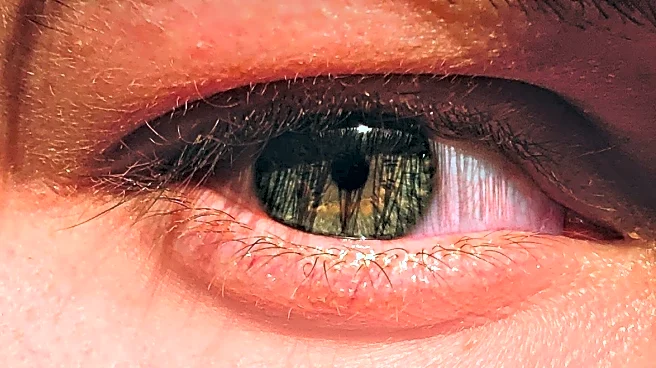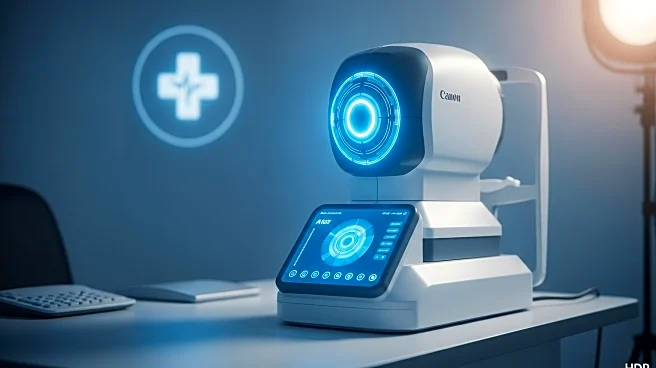What's Happening?
A recent study has examined the natural progression of refractive errors in patients with early onset inherited retinal diseases (IRDs). The research highlights a strong association between different IRDs and significant ametropia during the first decade of life. The study found that high refractive errors are present in approximately one-third of patients, with distinct patterns correlating with specific diagnoses and genes. The cohort represents one of the largest databases of refractive errors in early onset IRDs, providing valuable insights into the progression of these conditions over time.
Why It's Important?
Understanding the refractive error patterns in patients with IRDs is crucial for developing effective treatment strategies and improving visual outcomes. The study's findings emphasize the need for early detection and tailored interventions to manage significant ametropia in young patients. This research could lead to advancements in myopia control treatments and refractive correction techniques, ultimately enhancing the quality of life for individuals affected by these genetic disorders. The study also highlights the importance of genetic research in identifying the underlying causes of visual impairment and blindness.
What's Next?
The study suggests that early treatment options, such as low-dose atropine or peripheral defocus glasses, should be considered for slowing myopia progression in patients with specific genetic mutations. Additionally, regular monitoring and early refractive correction are recommended for patients with high hypermetropia to prevent secondary visual impairments. Further research is needed to explore the interactions between genetic and environmental factors influencing refractive outcomes in IRDs.











